Are Tea Presses Better Than Your Poor Old Tea Pot?
TEATIME NOTES
Find tips, recipes, and articles to increase your delight and enjoyment of tea.
Are Tea Presses Better Than Your Poor Old Tea Pot?
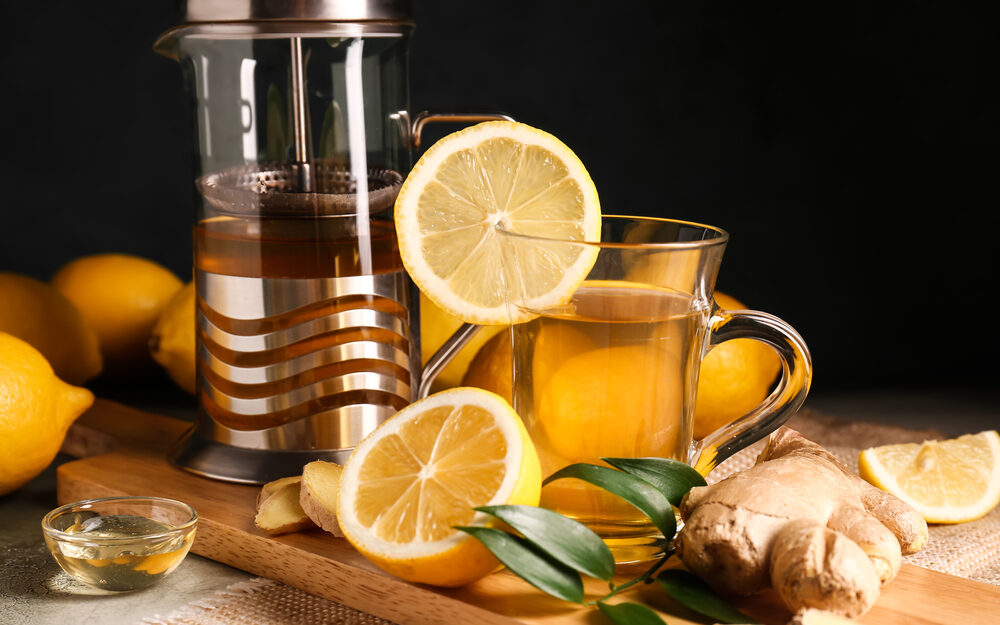
One of the Best Techniques Used for Steeping Quality Tea
By Erika Robertson
Tea is the world’s most popular and cherished beverage and it dates back thousands of years. Tea has changed very little over these years but teaware changes based on culture and newfound materials.
For you, tea and teapots might seem like the perfect pairing that defines teatime. But a newer steeping method is gaining traction — the tea press.
Is a Tea Press just a French Press?
Yes! A tea press is the same as a French press, but we don’t recommend using the same vessel for both coffee and tea.
The truth is no one is stopping you from using your French press to make tea. But, should you? If you’ve made coffee with it, it’s probably not the best idea.
You should be wary about steeping your tea in a pre-used French press because the stubborn oils and coffee flavors can ruin your tea. If you’re going to use your French press to make tea, you need to thoroughly wash and clean off every bit of coffee — this includes every little bit of the mesh strainer and the tiny nooks and crannies and corners of the plunger.
Take it from us, cleaning your used French press can be an absolute headache. You’ll find that it’s nearly impossible to get rid of the lingering smell of coffee grounds.
The best thing to do is get a tea press — it’s one of our favorite tea steepers! When you use a new tea press, you’ll enjoy every ounce of pure tea without the lingering coffee smell and flavors. We love how much flavor comes out of our tea leaves when using a tea press. You might even like it more than your teapot!
4 Reasons to Switch to a Tea Press
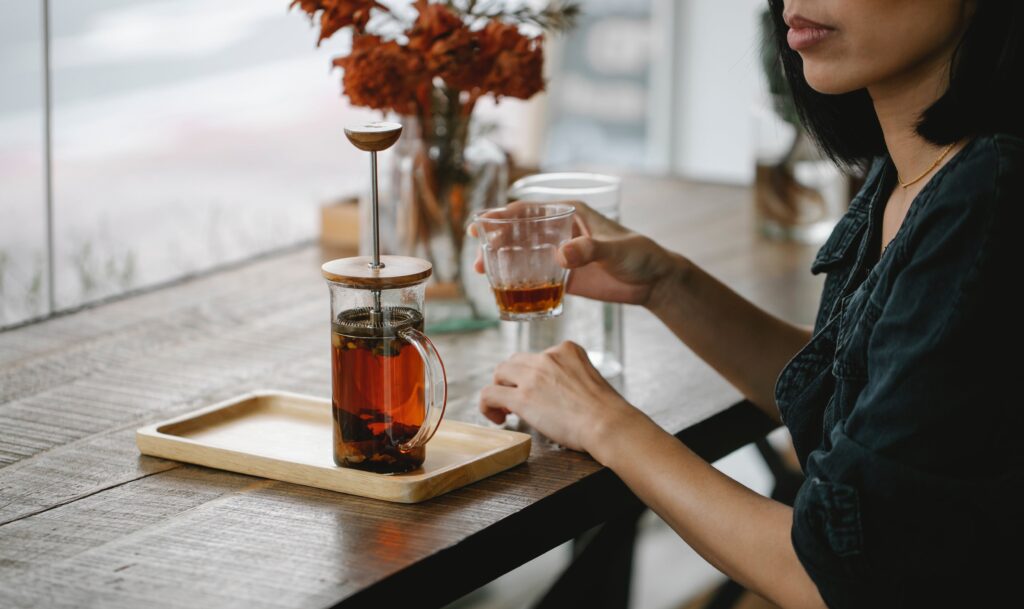
When you buy a tea press you’ll want one made with quality materials that’s strong and chemical-free. You’ll also want to consider style and get one that’s easy to clean. Here are four reasons why we love presses:
- An Ultra-Modern Design Made with Clean Materials
It’s essentially a French press for tea, which means the design is clean, sleek, and chic. It’s complementary to any modern space, and the straight walls make it easy to clean and care for. There is very little difference between quality French presses and tea presses — at first glance.
The materials used to make our tea presses are what sets them apart from any ordinary French press. The most notable physical characteristic of our design is that they’re made from a superior material called borosilicate glass — not solid metal or plastic.
- Non-Toxic and Chemical-Free Materials
Borosilicate glass is a modern and highly versatile material that’s used to make the best kinds of teaware. Its highlighting characteristic is that it doesn’t allow toxic chemicals to leech into your tea — it’s lead- and chemical-free.
Cadmium and lead are common toxins that are found on a lot of teaware including a lot of traditional porcelain and metal teapots, or plastic and metal French presses. Most porcelain teapots are made with porous materials that need to be painted and sealed with glaze so they can steep tea. It’s this glaze that contains lead, cadmium, and other toxins that leach into your hot tea.
Most tea drinkers steep themselves a daily helping of toxic tea without even knowing it! But, borosilicate glass is completely free of these toxins which is why we love it for quality French presses for tea.
Because borosilicate glass teaware is non-porous, it doesn’t need to be sealed with glaze.
- Super Strong and Temperature-Resistant
Borosilicate glass tea presses are much stronger than regular glass and they can withstand fluctuating temperatures from ice cold to boiling. Flash chill your iced tea or heat your water in the glass vessel directly on the stovetop.
The best part? — Borosilicate glass is super easy to clean by hand or in the dishwasher and it’s microwave-safe.
With a new glass press, you can enjoy a crisp, clear, tasty steeped tea in its purest form. This glass is so strong and chemically pure that it’s used to safely store nuclear waste.
- Environmentally Friendly and Responsibly Sourced
One of the biggest benefits of using a borosilicate glass tea press is its contribution to the environment. The material is easy to source and leaves a minimal carbon footprint on the planet. You can enjoy your tea knowing that your glass tea press can be repurposed or reused — it’s an affordable and superior alternative to porcelain and metal teapots.
How to Steep Tea in Your New Tea Press
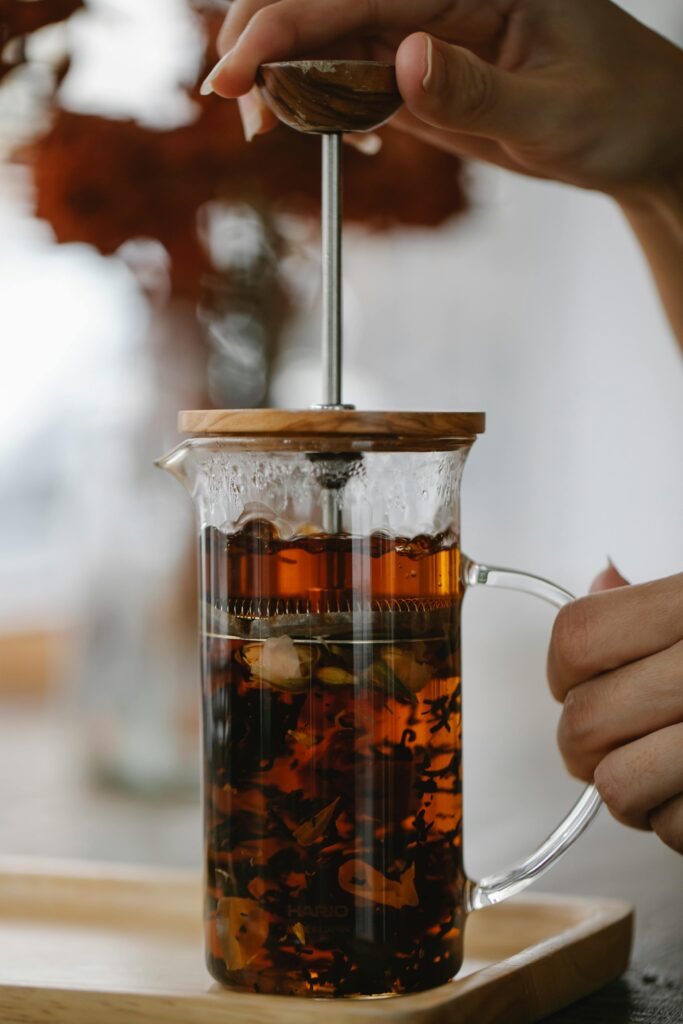
Steeping tea in a press is easy and functional — it makes some of the best tea. You’ll want to use loose-leaf teas for the best flavor, but also to help negate the global tea bag industry problems. With loose-leaf tea, you’ll be able to enjoy multiple rounds of delicious steeped tea!
As a side note: If you ever need to use tea bags, make sure that you are purchasing them from an upstanding company that uses 100% compostable tea bags — not just biodegradable tea bags, which aren’t beneficial for the environment at all. You can read more about the negative impact of tea bags in this blog.
A press might become your new favorite teaware piece that you use on the daily. Here’s how to steep your tea in your brand-new tea press:
- Prepare Your Water
Did you know the kind of water you use makes a huge difference in your tea flavor and nutrition? Heating clean fresh water is vitally important to steeping a proper cup of tea.
First, boil your water to the recommended temperature — remember, green, black, oolong, and white teas steep at different temperatures. If you steep green tea with water that is too hot, the tea leaves will release a bitter flavor. If you steep black tea with water that isn’t hot enough the leaves won’t release all of their flavor and will taste watered down or flat.
You can use a tea kettle with automatic heat settings or one with a thermometer built in to keep track of the temperature.
- Warm Up the Press
When the water is done heating, pour a splash of it into your empty press. Swish the water around and gently heat the vessel. This step is highly recommended because if you pour your water directly into the cold tea press, the water temperature may drop, your tea won’t steep all the way, and it will taste weak.
Once it’s warm — after about 10 to 15 seconds — discard the water from the press.
- Measure and Prepare the Loose Tea Leaves
Measure out the appropriate amount of tea leaves based on directions and your personal preference. The leaves will start to open slightly in the warm, empty borosilicate glass tea press. Leave them for a handful of seconds.
- Steep the Loose Leaf Tea
Fill your press with hot water and leave an inch of room at the top. Position the tea plunger above the waterline, and steep your tea for the proper amount of time — this will also vary depending on the kind of tea you are making and your personal preference.
- Plunge the Tea
Once the tea is done steeping, gently push the plunger down leaving enough room so you don’t squeeze the tea leaves — this will be about three-quarters of the way down. If you squish the tea leaves, this will release a bitter flavor, so try to avoid agitating the leaves.
- Steep Another Batch of Tea — Recycle Your Tea Leaves!
If you can, pour out all of the steeped tea and enjoy it immediately. If you want to steep multiple rounds of tea, you can’t leave any water inside the tea press. If you don’t completely drain your tea leaves, they will continue to steep and become bitter.
When you are ready for a second or third round of tea, pour hot water over the leaves again and re-plunge the leaves after they reach your desired strength. The design of a tea press is unique in that it allows the loose-leaf tea to float and completely unfold in the water, which releases all flavors and nutrients. It’s an ideal stepping vessel for multiple tea steepings.
All of Your Tea Needs in One Convenient Place
Teabloom is changing the tea industry for the better. Since the beginning, they have been on a mission to offer people clean and chemical-free solutions with responsibly made teaware. They are transforming the tea industry one borosilicate glass teacup at a time.
Teabloom is proud to be the leading supplier of clean, beautiful borosilicate glass teaware. They encourage tea lovers to rethink their traditional tea routine and do their part for their own health and the longevity of the planet. You can add healthy and practical tea practices to your daily life that are easy and affordable.
How will you improve your tea routine?



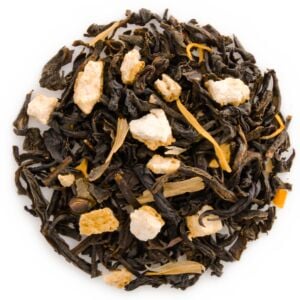
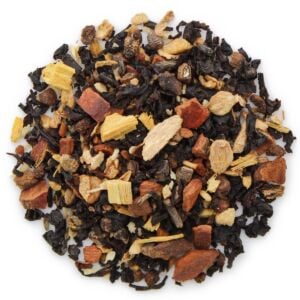
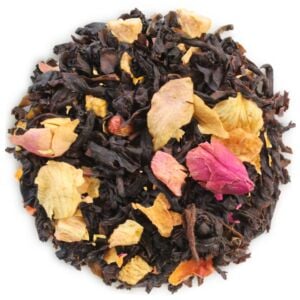

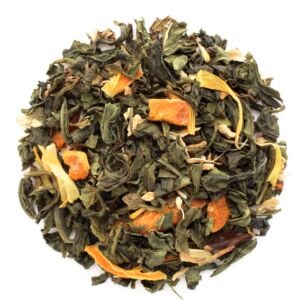
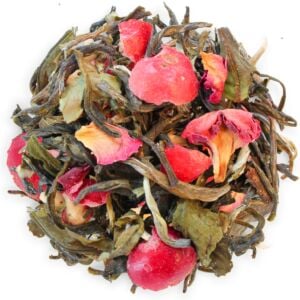
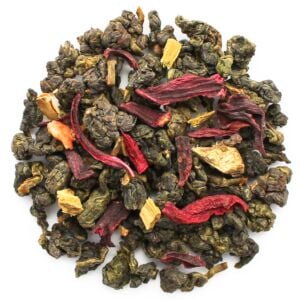
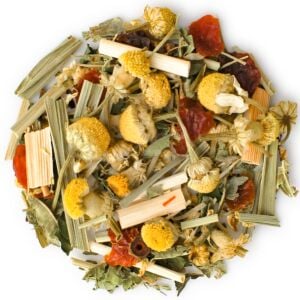
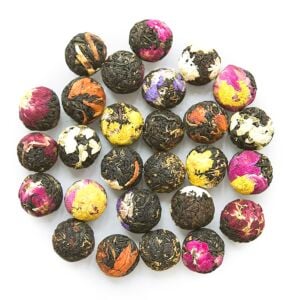


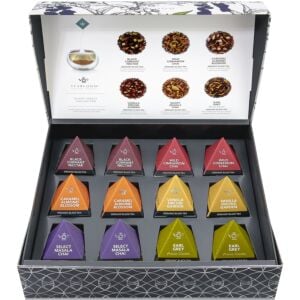
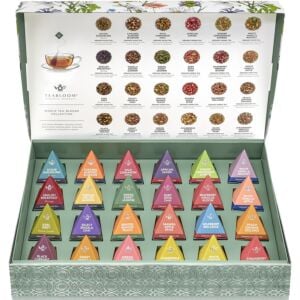



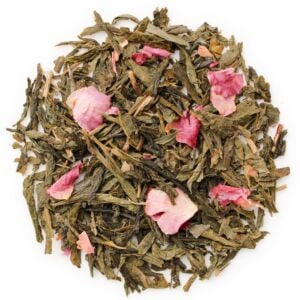

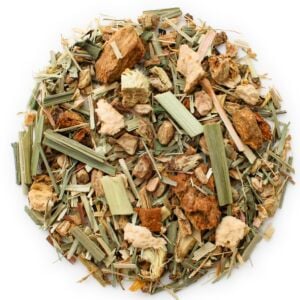

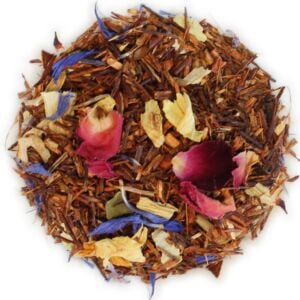
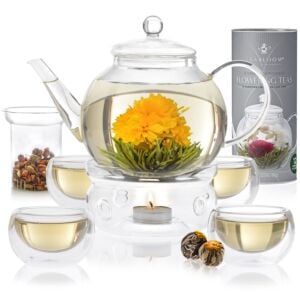
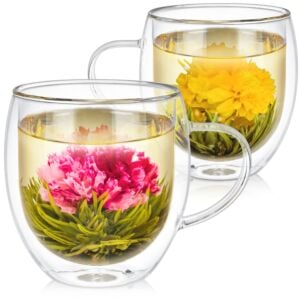
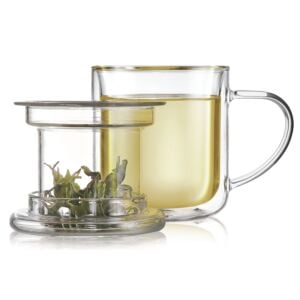
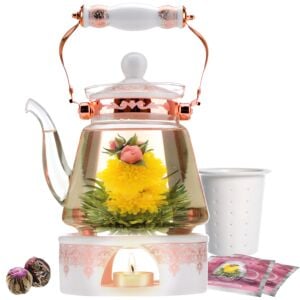
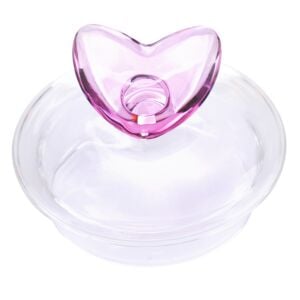
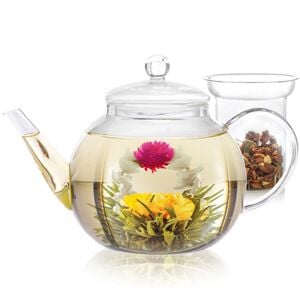


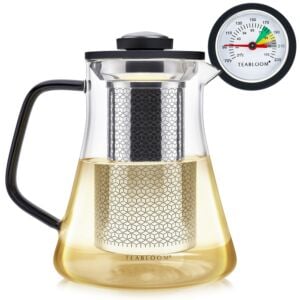
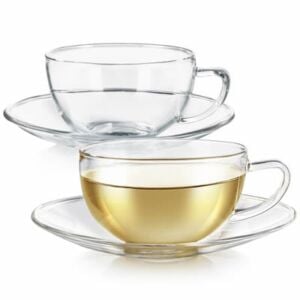
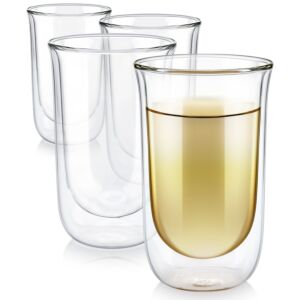
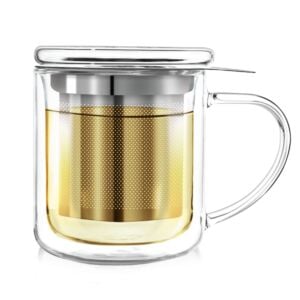
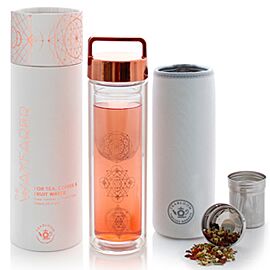

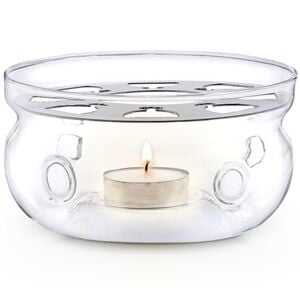
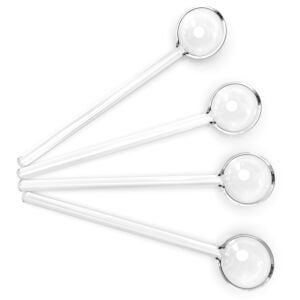
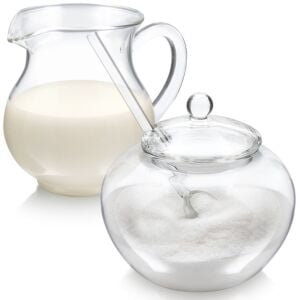
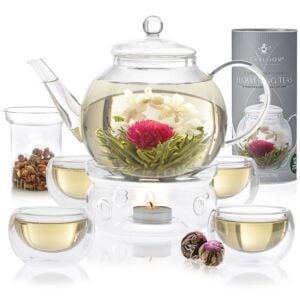
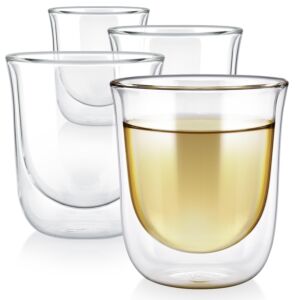


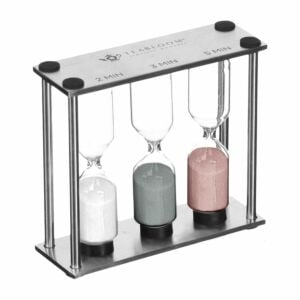
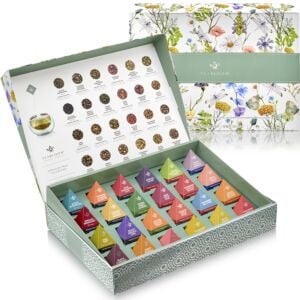

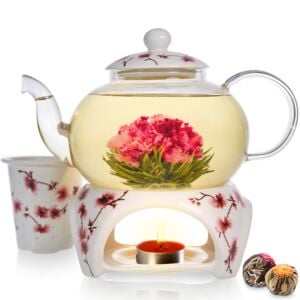
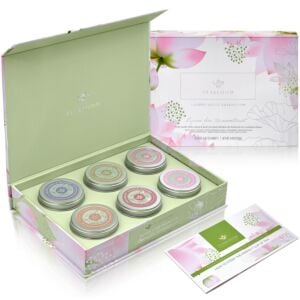

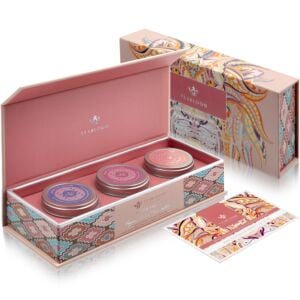



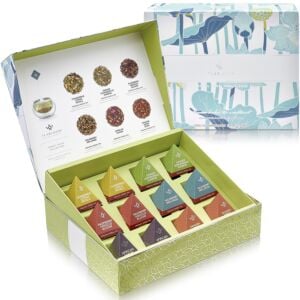
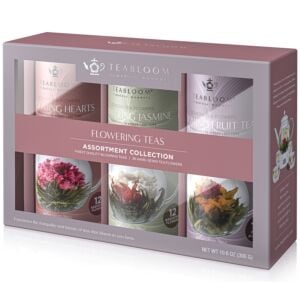


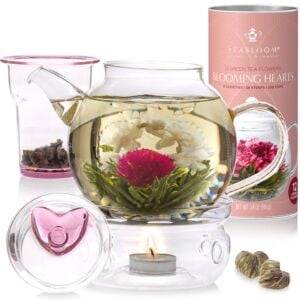

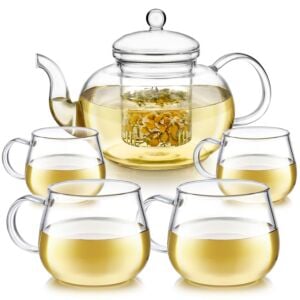



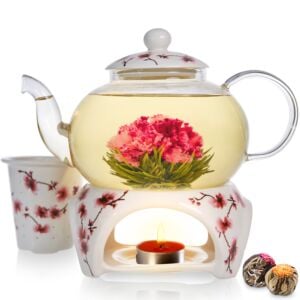
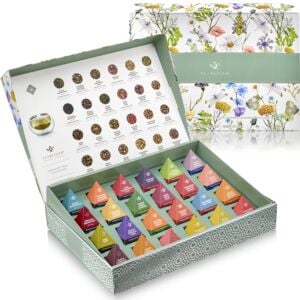
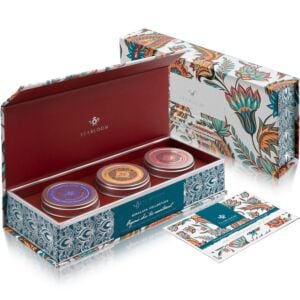
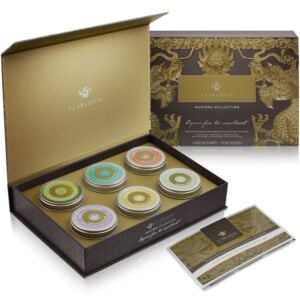


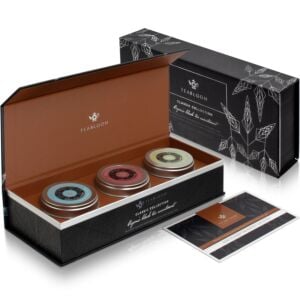



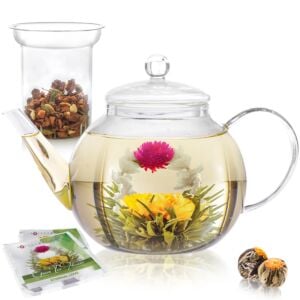
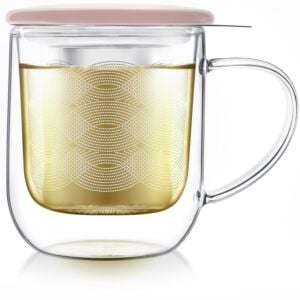

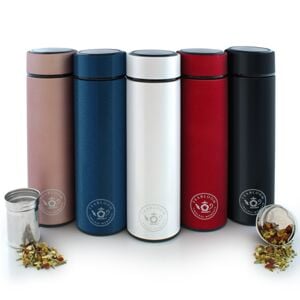
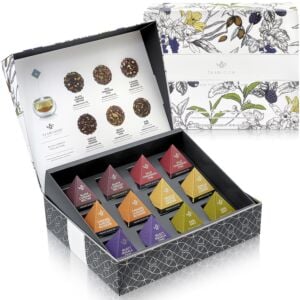


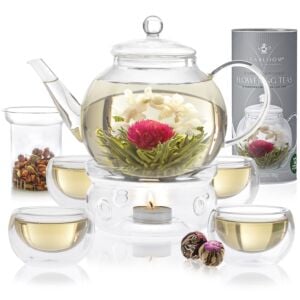
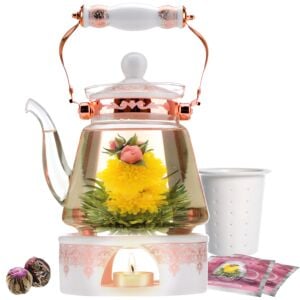
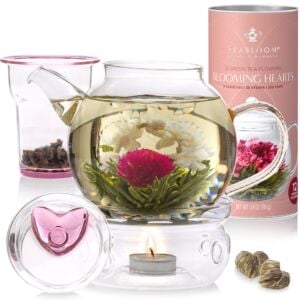


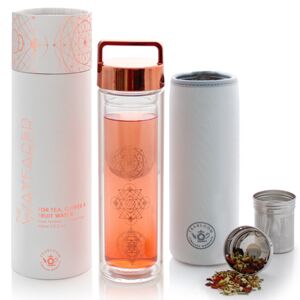

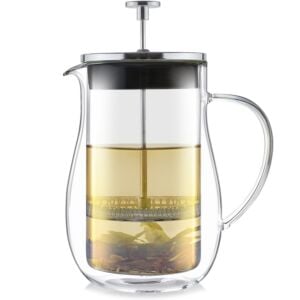


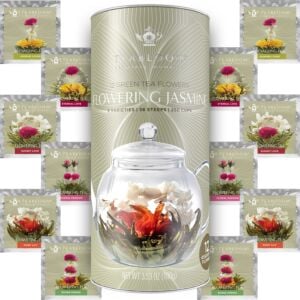


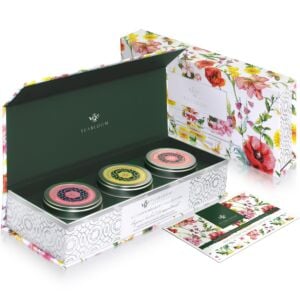



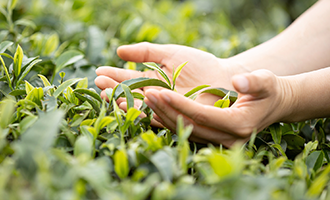
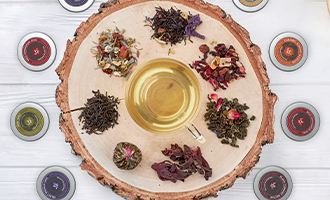
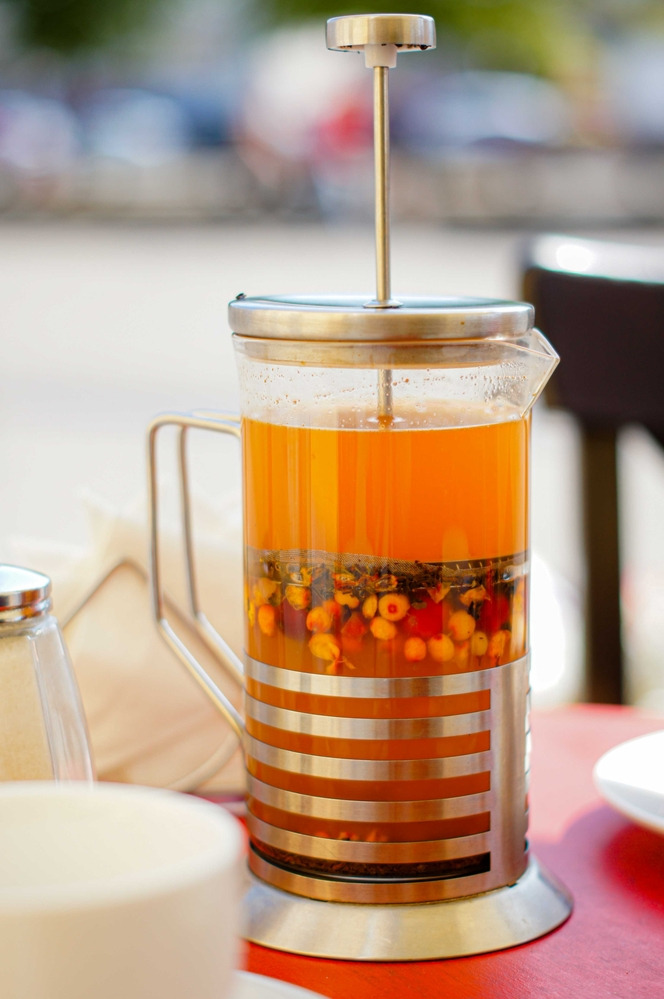

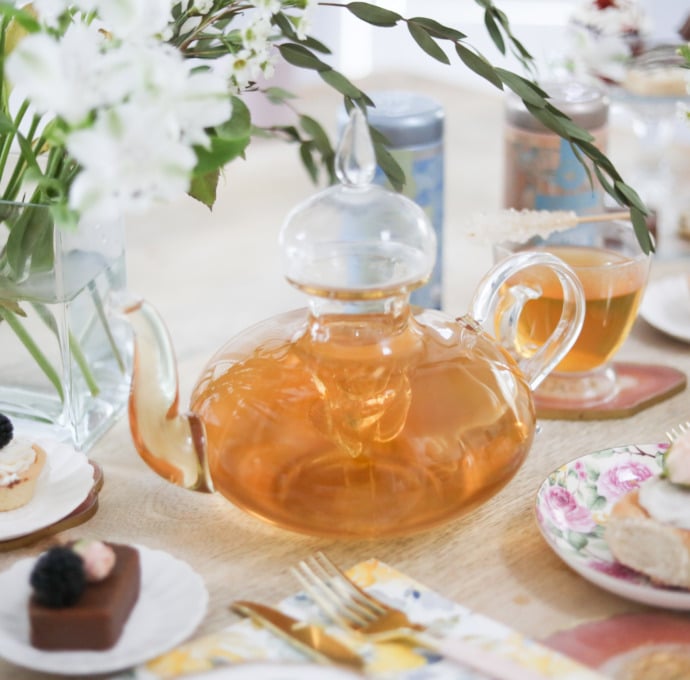

Share your thoughts